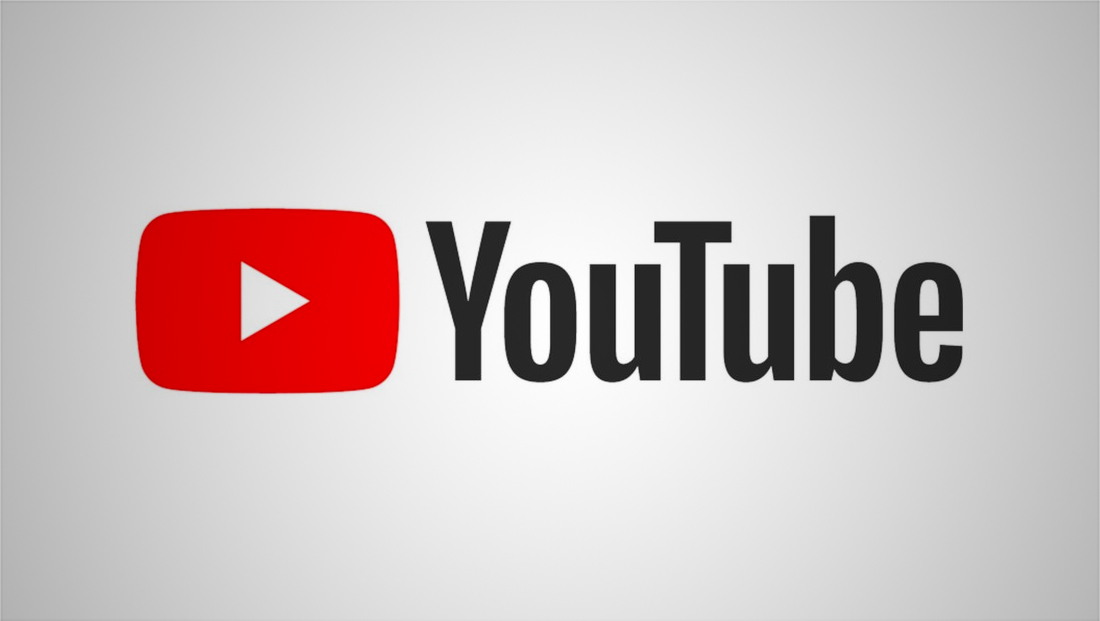YouTube begins offering free ad supported TV show library
By MixDex Article may include affiliate links

YouTube is making the move into streaming popular TV shows for free.
The video platform, which is distinct from its pay service YouTube TV, has added 4,000 episodes of shows ranging from “Hell’s Kitchen,” “Heartland” and “Kitchen Nightmares” to older selections including “Bonanza,” “Unsolved Mysteries” and “Highway to Heaven.”
All episodes will include non-skippable advertising that will help cover the licensing fees YouTube pays for content.
The launch of TV shows on the platform starts to align YouTube with services such as Tubi, Pluto TV, IMDb TV and the basic tier of Peacock by offering free ad-supported video content.
YouTube already has a library of 1,500 movies that are similarly available for free and says it has plans to start adding up to 100 new TV and film titles per week.
YouTube Premium, which removes dynamically inserted ads from across YouTube, also removes ads from these TV shows and movies. This costs $11.99 a month.
The initial batch of TV shows is inherently limited and tends to skew more toward older shows that are likely less expensive to license and the library is nowhere close to being what most would consider a full-fledged entertainment platform.
There’s also a mix of true crime and reality shows, but the lineup is decidedly light on any current or recent shows, which makes sense given that these titles are both pricier to license and may be tied up in other streaming deals or held back by the production companies to offer them on other streamers, including the ones they own and operate.
Streaming rights can be complex, and many shows are only offered on select platforms through exclusivity deals. However, YouTube’s approach is essentially a video-on-demand offering, which can sometimes fall under different deals.
Free streaming services have become more popular as streamers look for ways to lure in customers who might not be willing to pay for a monthly plan in an increasingly cluttered market.
Most of these rely on advertising to generate revenue and some use the approach that free subscribers don’t get access to all content.
The approach can also be viewed as “freemium” in that it can be used to lure in customers who might be willing to pay for a higher tier once they realize the value of the service and, presumably, tire of watching ads.
Some services, however, don’t offer a paid option, so watching ads will also be required on these offerings.
Popular Searches
- TV Industry News
- Broadcast Engineering News
- Broadcast Design News
- TV Talk Shows
- TV Syndication
- TV Advertising
- TV News Jobs
- TV Industry Mergers and Acquisitions
- TV Anchors
- Cable News
- Late Night TV
- TV Syndication News
- Broadcast Industry News
- TV News Drone Journalism
- TV News Augmented Reality
- TV Weather Forecasting
- TV News Journalism
- TV News Ethics
- OTT News
- News About NBC
- News About CBS
- News About ABC
- News About CNN
- News About MSNBC
- News About Fox News

